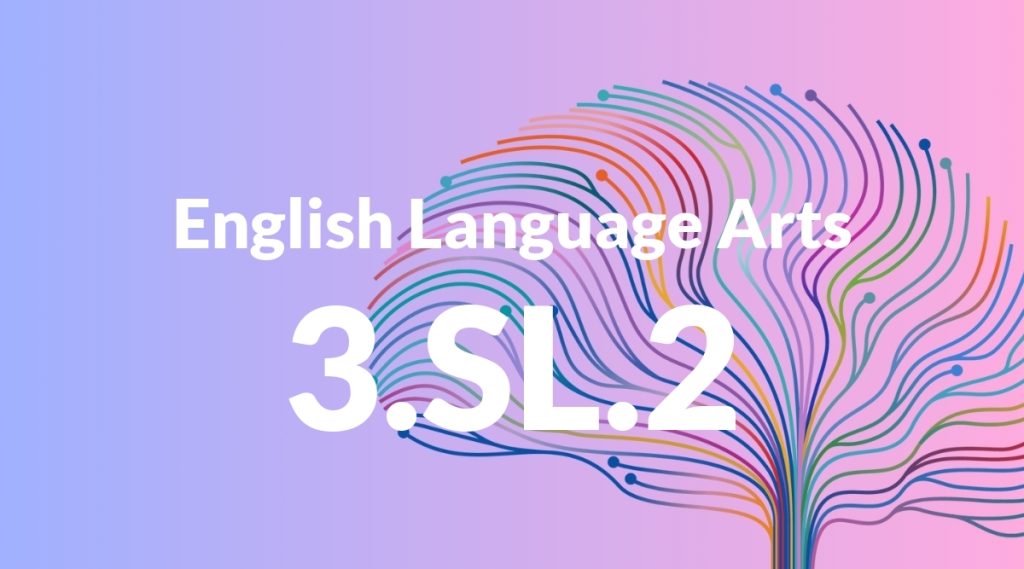Standard: 3.SL.2 – Determine the main ideas and supporting details of a text read aloud or information presented in diverse media and formats, including visually, quantitatively, and orally.
Grade level: Grade 3
Subject: English Language Arts
Domain: Speaking & Listening
Teacher Overview
This standard focuses on helping students identify the main ideas and supporting details in various forms of media. Mastering this skill is crucial for developing strong comprehension and critical thinking abilities, which are essential for academic success across all subjects. Students should be familiar with basic storytelling elements and have some experience summarizing short passages.
After mastering this standard, students will be better equipped to analyze and synthesize information from multiple sources, enhancing their overall comprehension and communication skills.
Common Misconception 1
A common misconception is that every detail in a text is equally important. This is incorrect because main ideas convey the primary message, while supporting details provide evidence or examples.
Intervention 1
Use graphic organizers like story maps or outlines to help students visually separate main ideas from supporting details.
Common Misconception 2
Another misconception is that visual or quantitative information is less important than oral or written information. This is incorrect because all types of information contribute to a fuller understanding of the topic.
Intervention 2
Incorporate diverse media in lessons and emphasize the value of each type of information in understanding the main idea.
Prerequisite Knowledge
Students should be able to listen attentively, understand basic storytelling elements, and have some experience with summarizing short passages or stories.
Subsequent Knowledge
Students will develop the ability to critically analyze and synthesize information from multiple sources, enhancing their comprehension and communication skills.
Instructional Activities
- Read a short story aloud and have students identify the main idea and supporting details.
- Watch a short educational video and discuss the key points.
- Analyze a simple graph or chart and explain its main message.
- Listen to a podcast episode and summarize the main ideas.
- Use a story map to organize the main ideas and details of a read-aloud book.




